Why Working Load Limits Are Crucial
At Suncor Stainless you will see the term “Working Load Limit” often. Working Load Limit (WLL) is the maximum load designed by the manufacturer. This load represents a force that is much less than that required to make the lifting equipment fail or yield. The WLL is calculated by dividing the breaking load limit (BLL) by a safety factor (SF). Working Load Limit is an important term often used on job sites and when discussing slings and rigging equipment.

Working Load Limits in the Rigging Industry
All rigging equipment must have identification that clearly states the working load limit. Qualified Riggers should always check the working load before using their rigging products. This will help ensure their safety and the safety of others around them. Check out an article provided by OSHA on rigging equipment for material handling. There are several other ratings that differ from Working Load Limit, such as Breaking Strength. Breaking Strength refers to the point at which the rigging will fall. Always use WLL when choosing rigging! The breaking strength should not be used as the WLL as it does not provide a safety margin of factor of safety. Using the breaking strength as the WLL could result in equipment failure and injury.
It is always important to determine the appropriate WLL based on the intended use and the weight force that will be applied. The WLL must be equal to or greater than the weight or force being lifted or pulled. You must also consider factors such as the angle of the load, the number of attachment points, and the condition of the equipment.
Working Load Limits in Chain
When it comes to transporting machinery, using two chains, or the logging industry. You should always know the working load limits of the chain you are using. Chains have a working load limit of approximately one-third of their break strengths. Temperature can also affect the working load limit. Check out our chart for more detail on the reduction of the working load limit due to temperature effects.
At Suncor Stainless, you will find the WLL on all our products when applicable. Understanding the working load limit and how it is used is important in any industry to ensure safety and avoid accidents. When selecting equipment or products, it is important to choose an appropriate WLL and safety factor based on the intended use and the weight or force being applied. Regular inspections and maintenance are also essential for ensuring that equipment remains in good condition and safe to use!
SUNCOR STAINLESS: THE LEADING MANUFACTURER OF STAINLESS STEEL HARDWARE AND COMPONENTS.
To learn more about the world’s most complete and highest quality sources for stainless steel hardware and custom parts – visit our Suncor Stainless website. This Plymouth, MA-based company offers a variety of the highest quality stainless steel hardware for industrial, marine, architectural, commercial, government, and OEM markets.
For more information on our stainless steel hardware and custom parts, you may contact Suncor Stainless at 1-800-394-2222 or by completing the Contact Us Form.
Sources:
https://www.uscargocontrol.com/blogs/blog/working-load-limits-chain
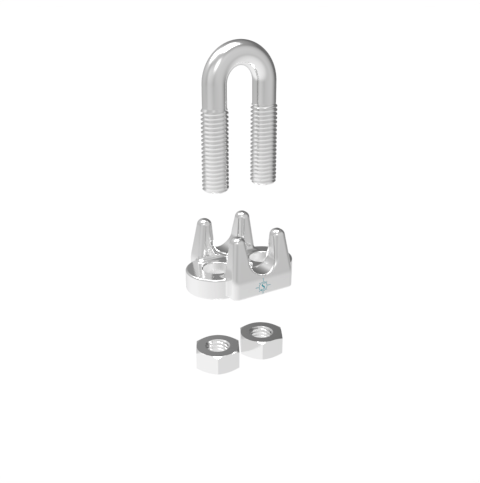
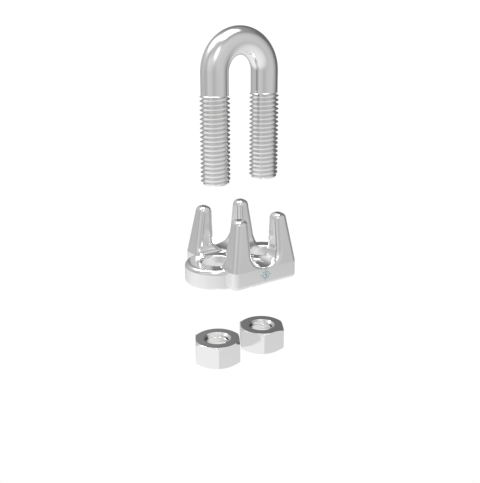
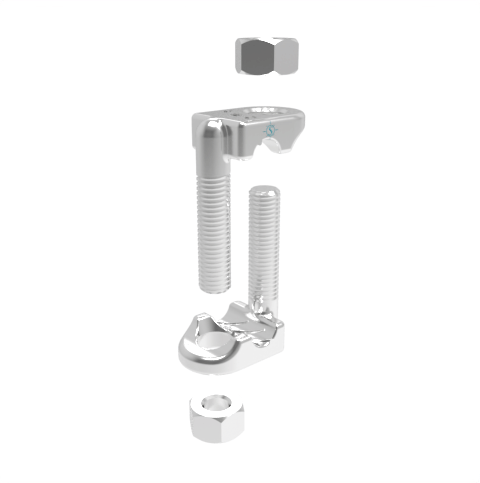
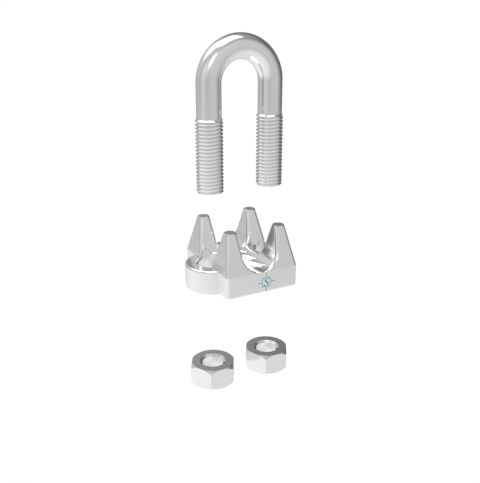
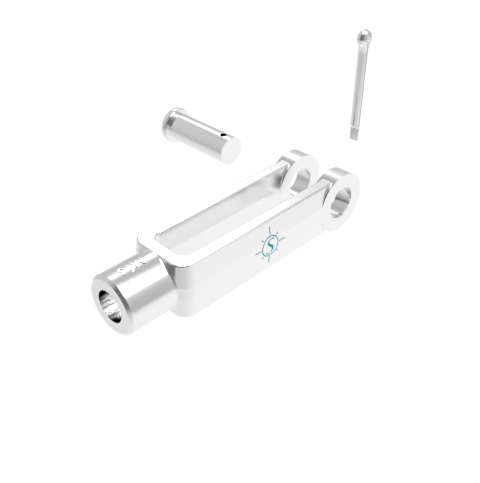
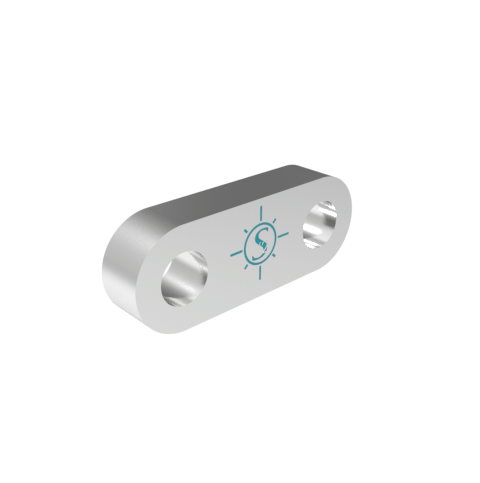
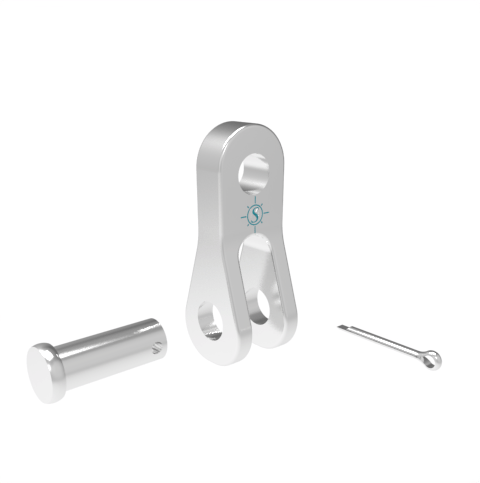
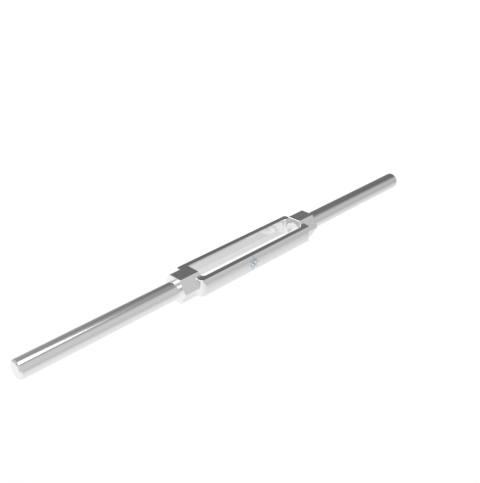
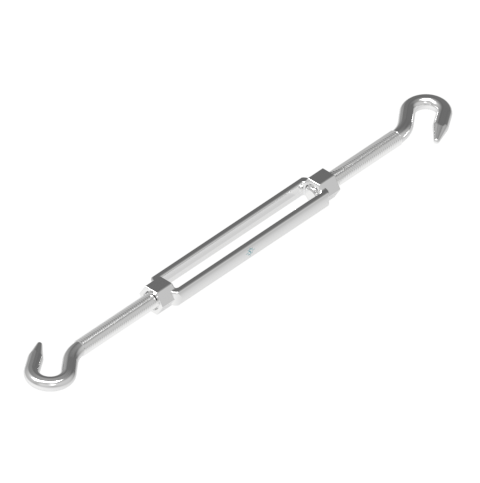
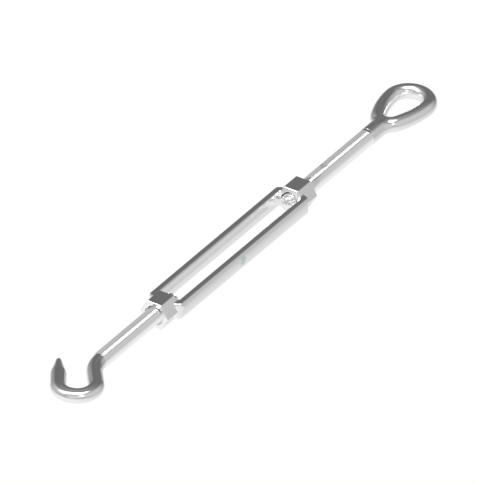
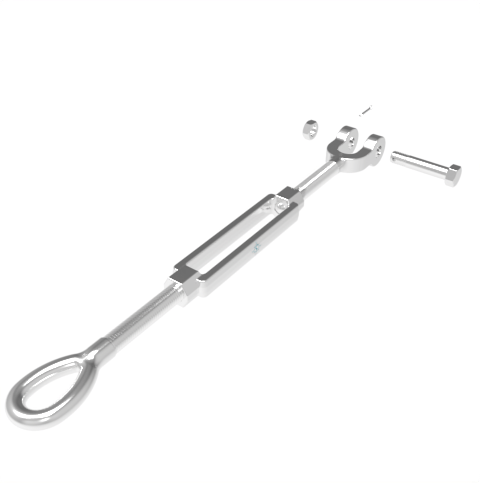
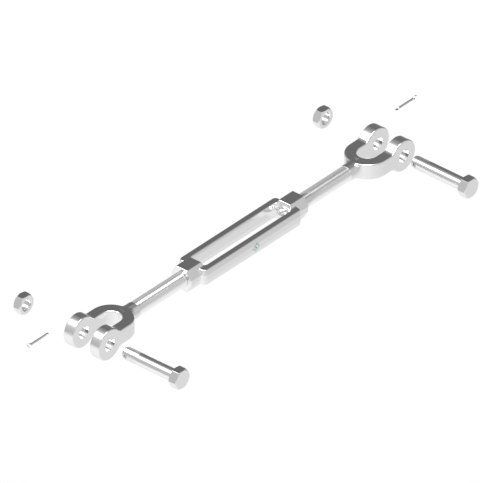
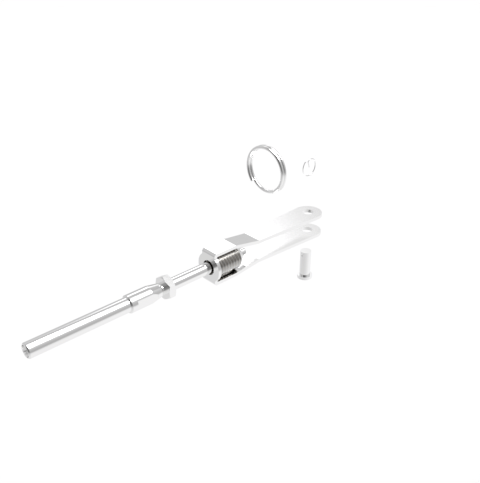
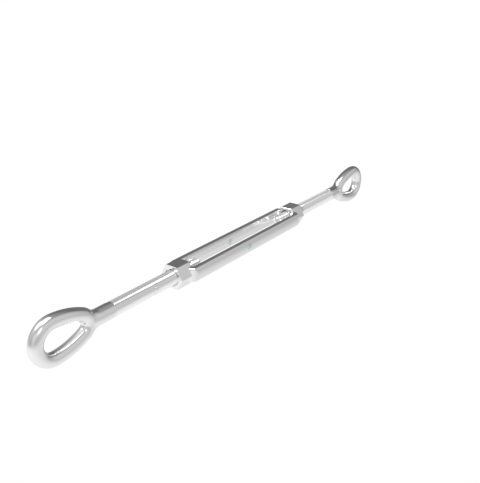
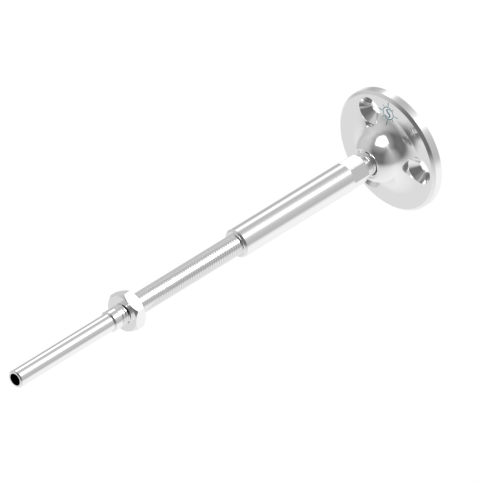
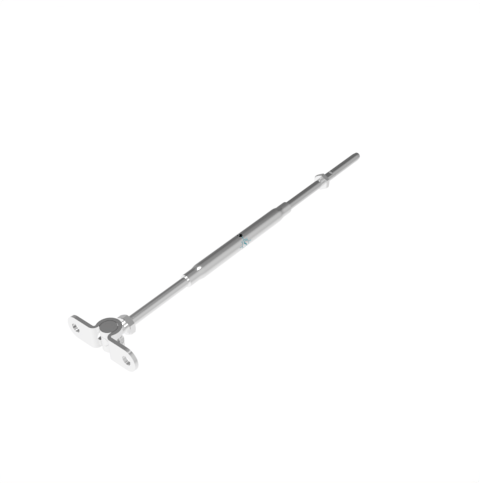
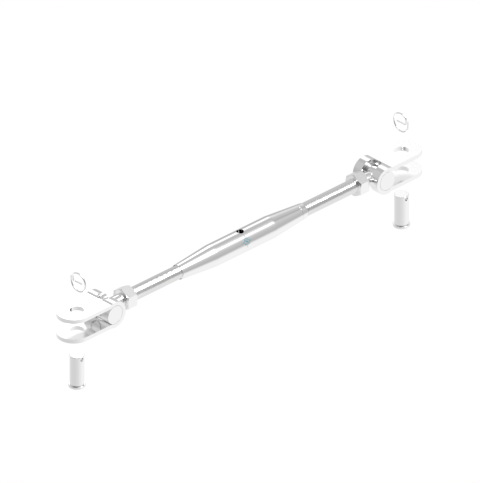
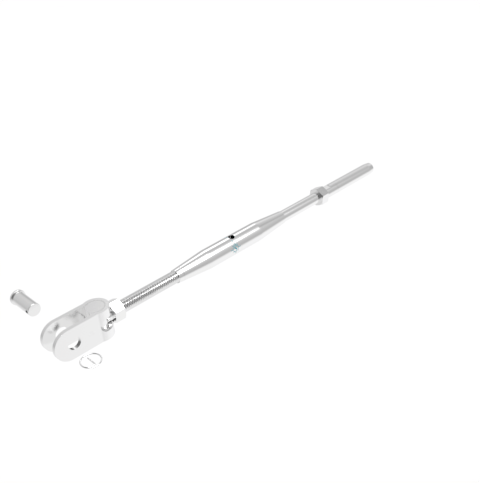
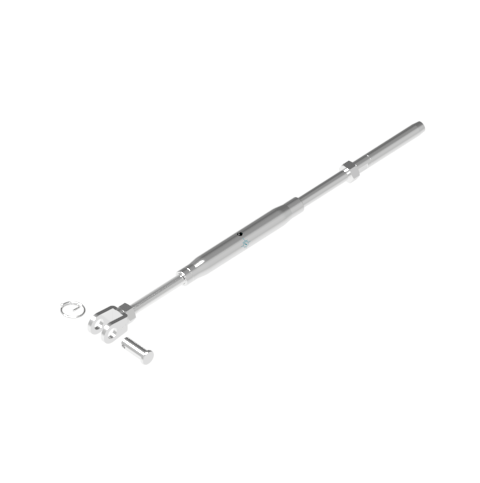
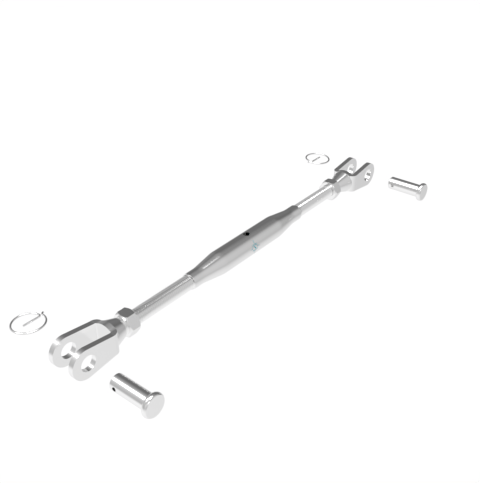
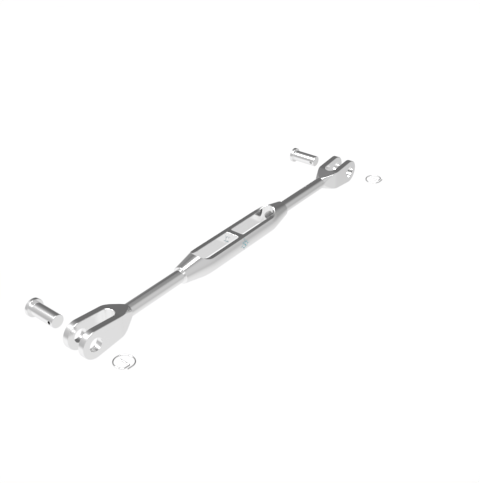
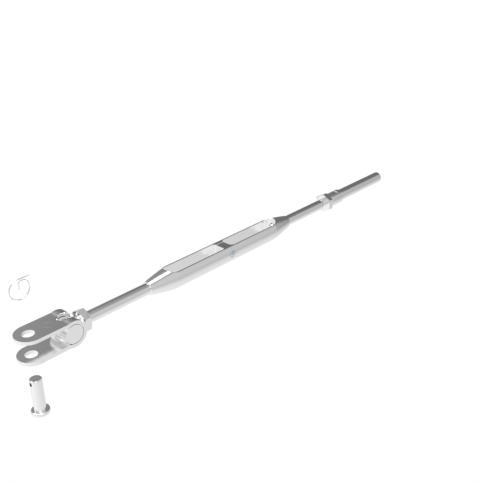
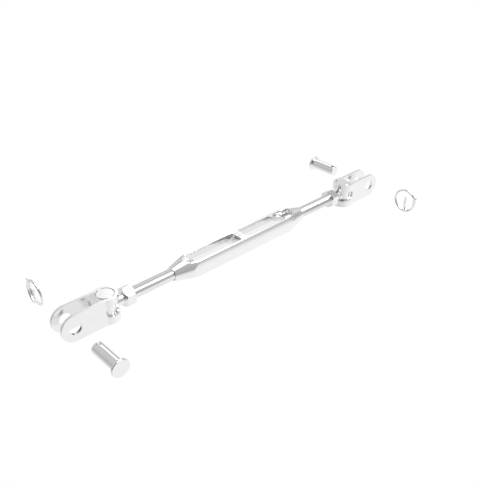
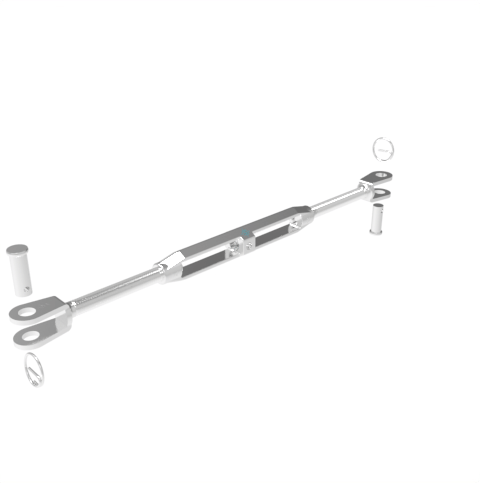
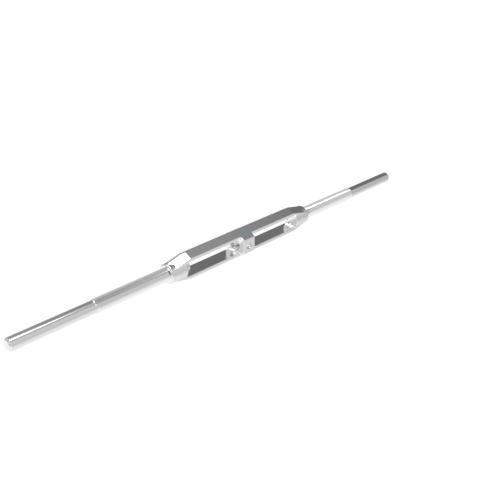
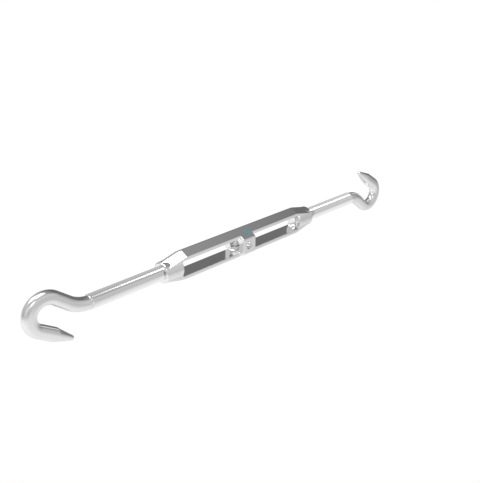
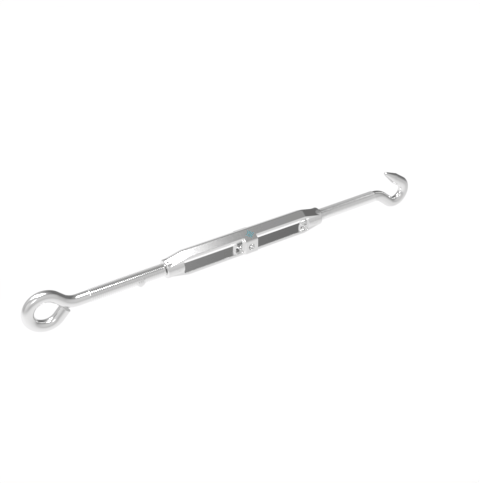
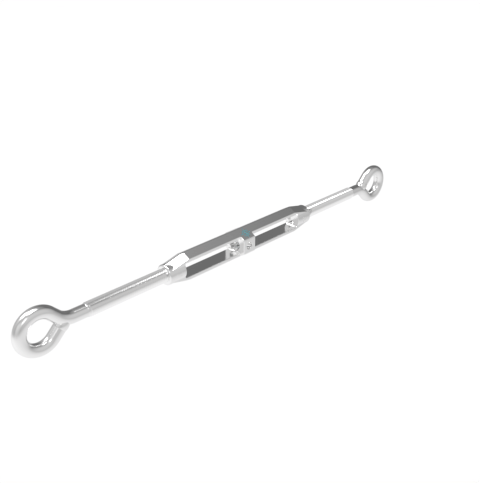
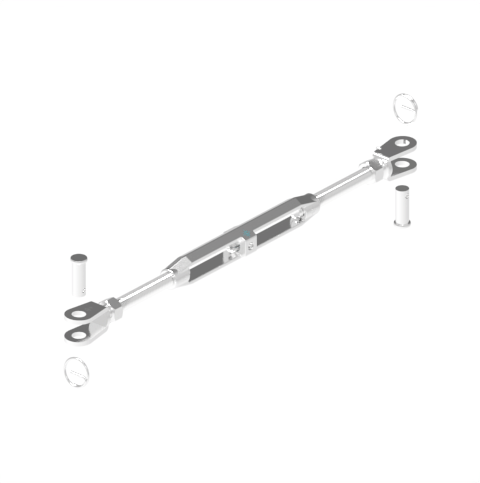
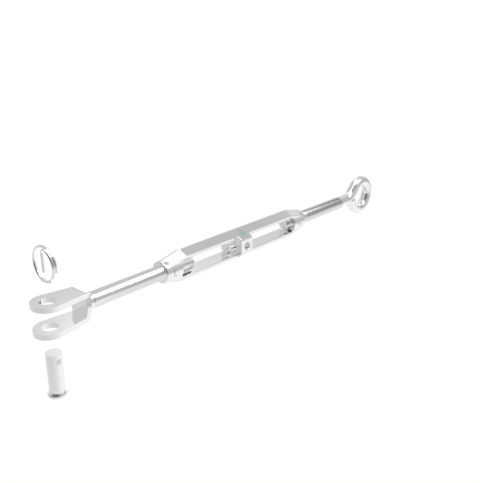
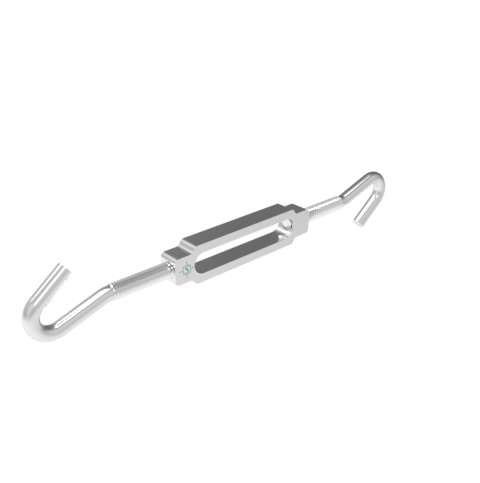
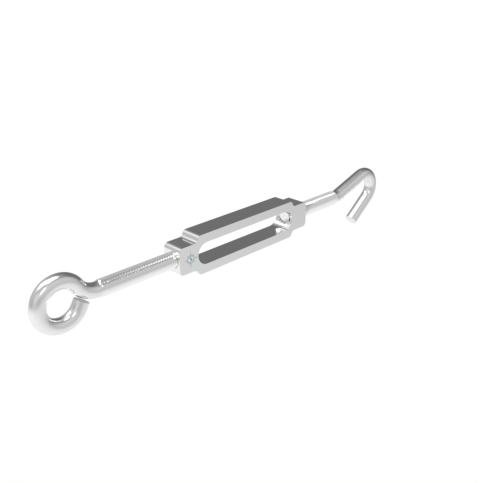
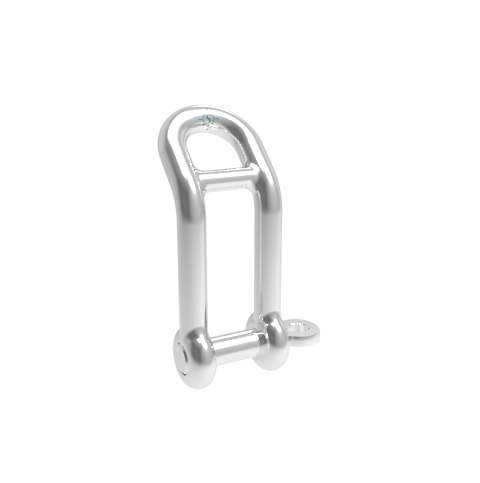
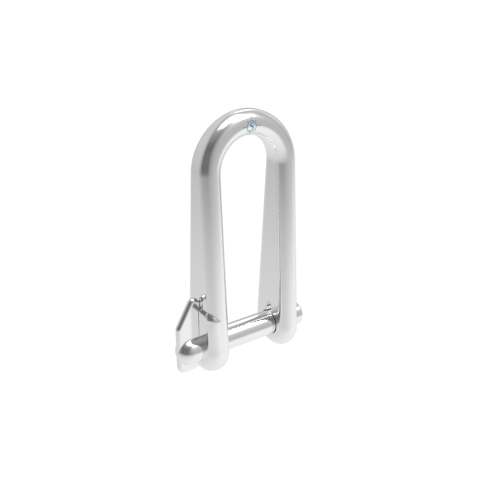
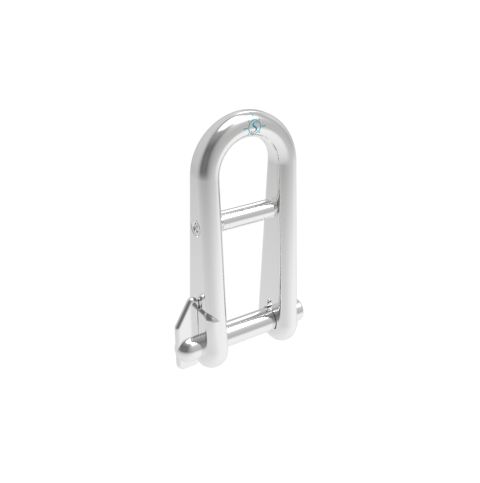
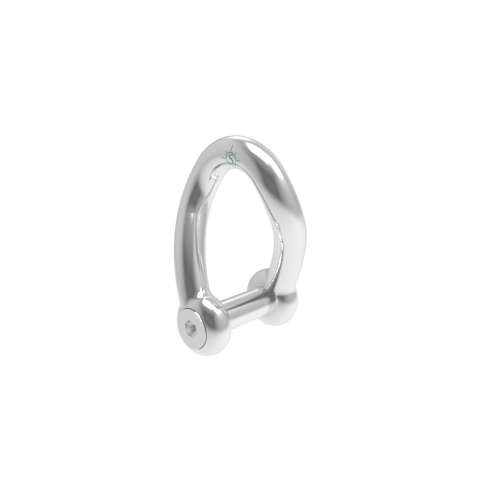
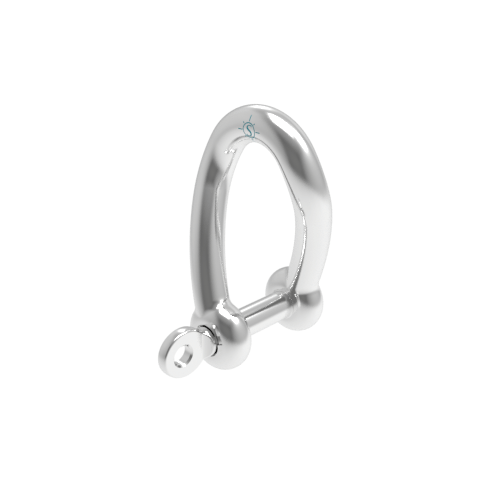
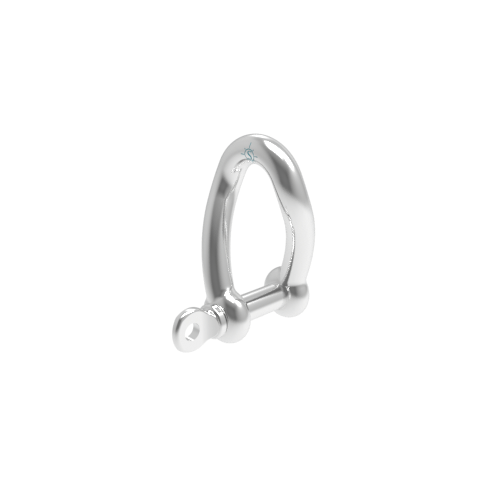
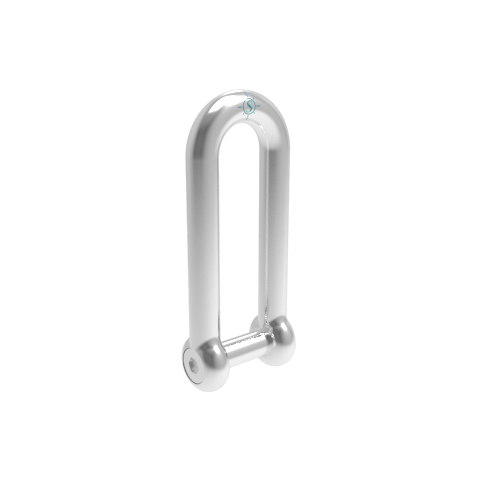
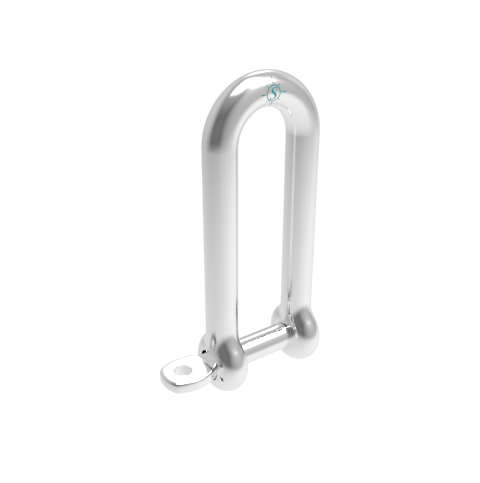
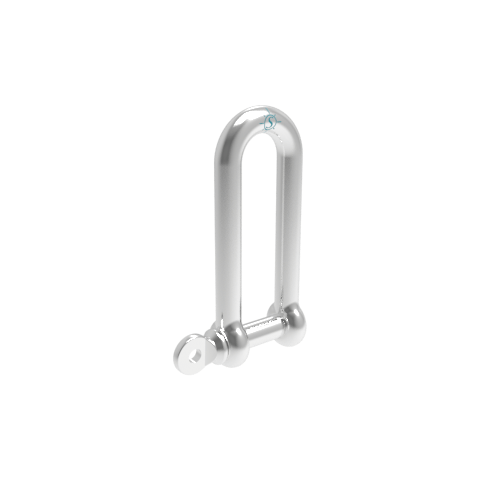
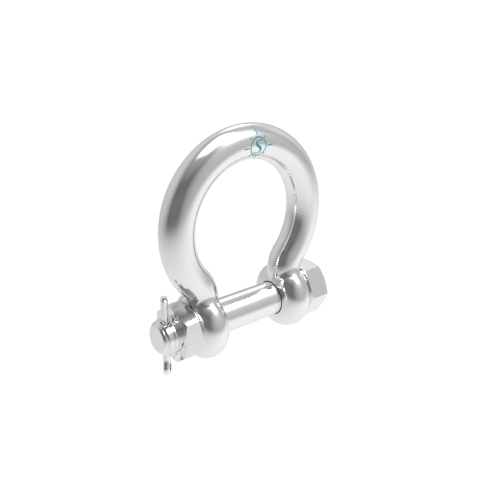
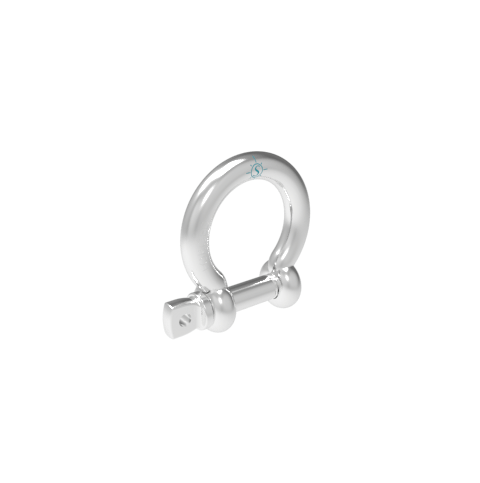
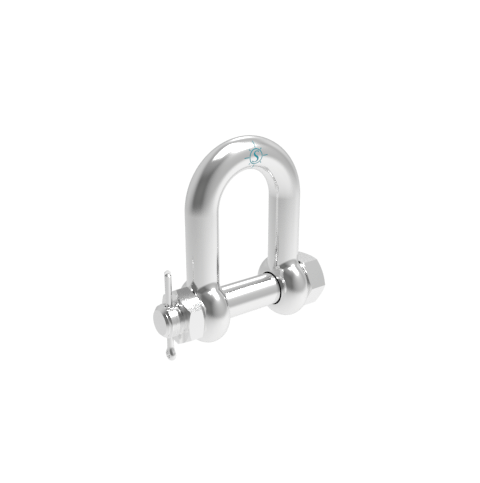
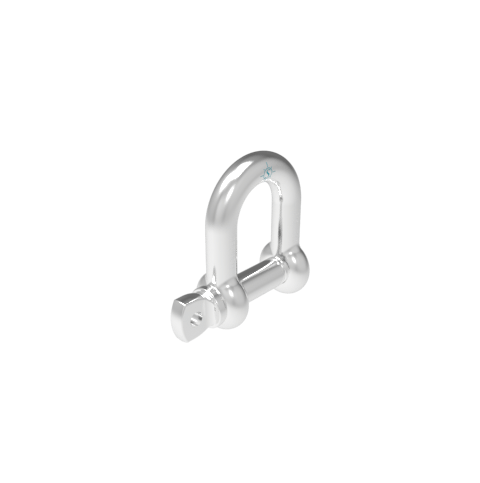
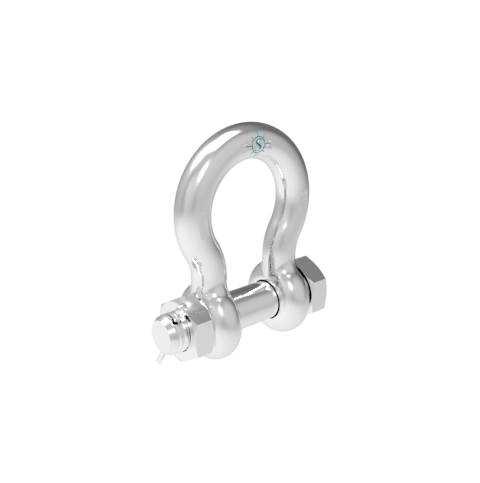
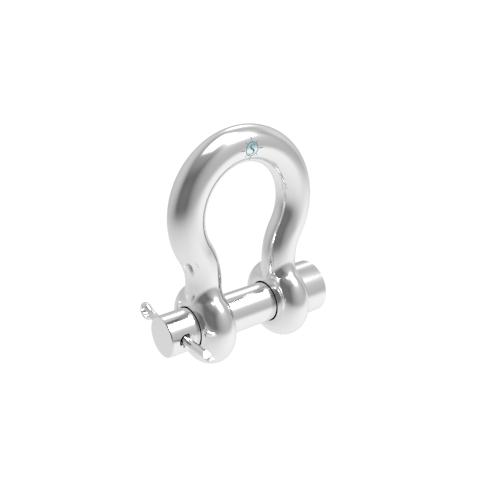
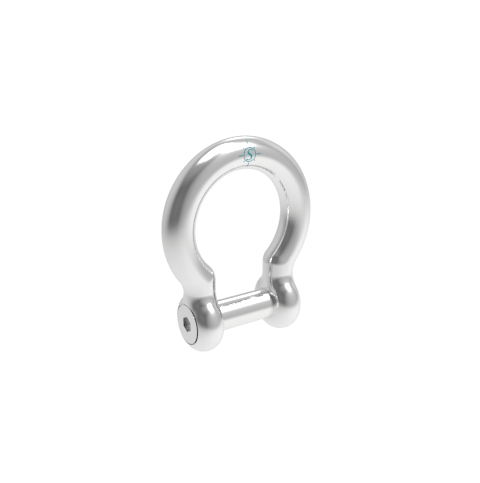
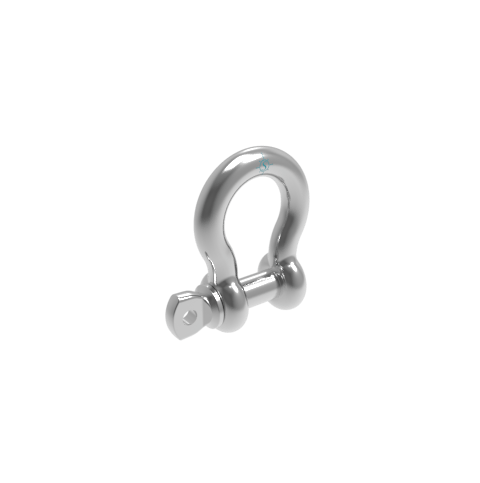
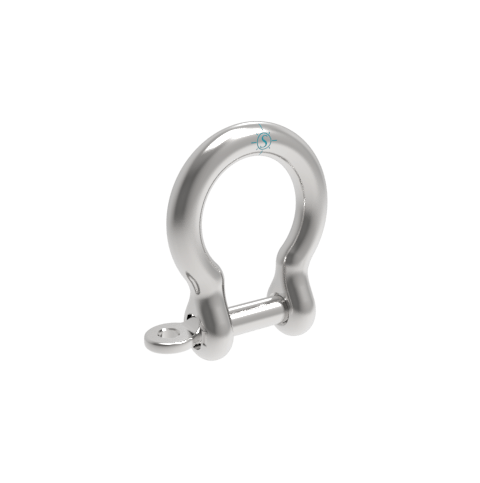
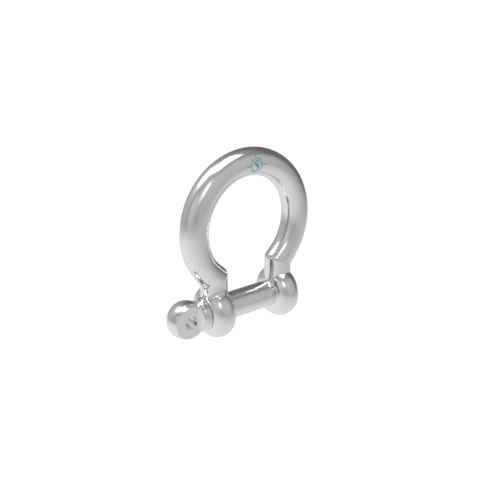
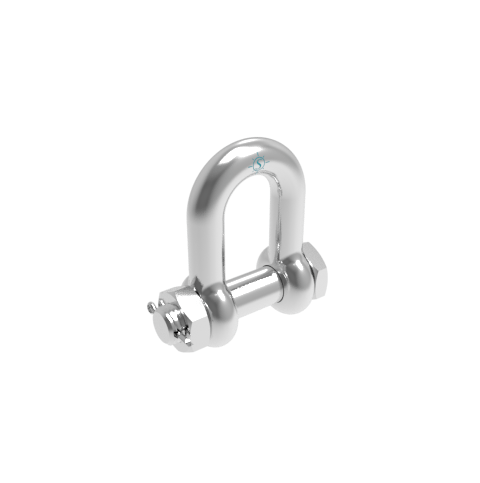
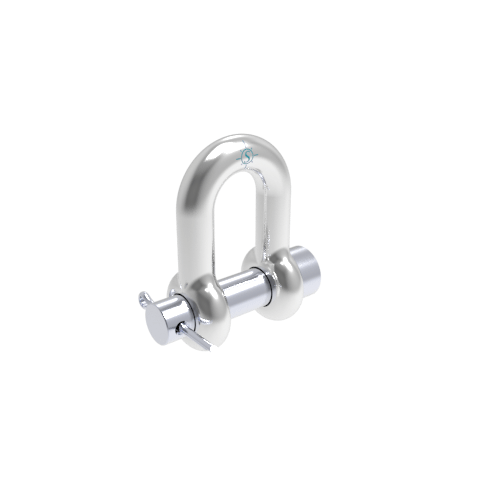
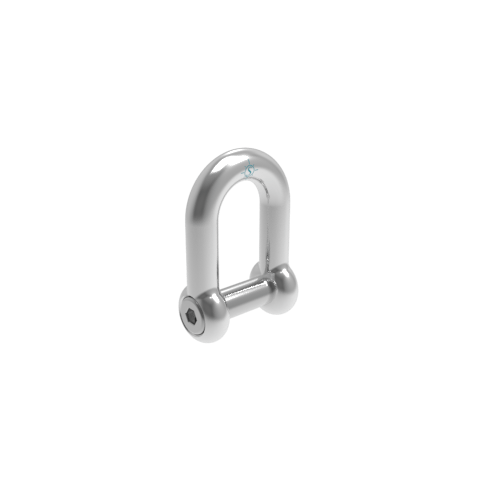
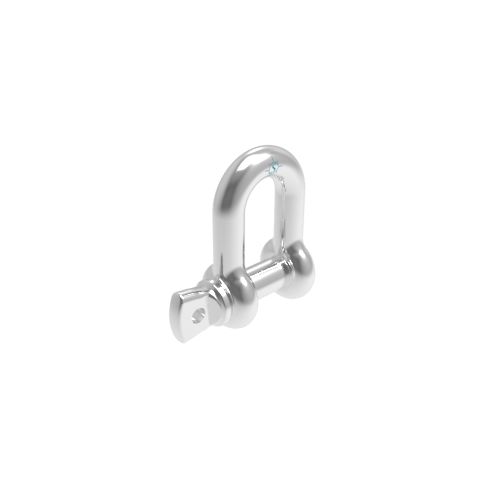
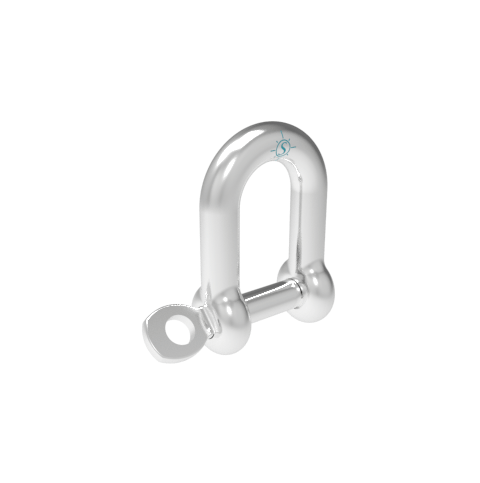
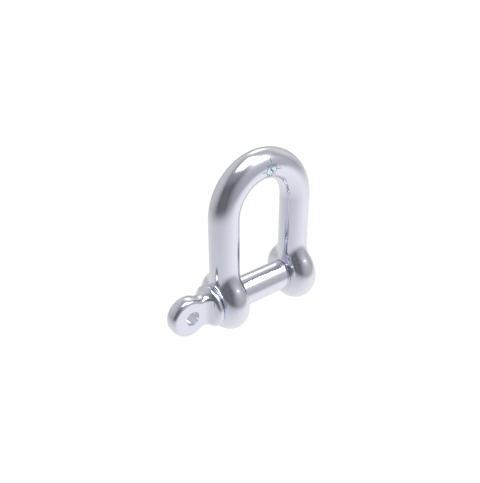
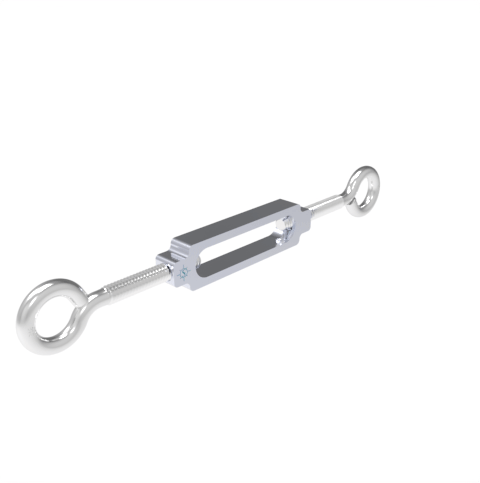
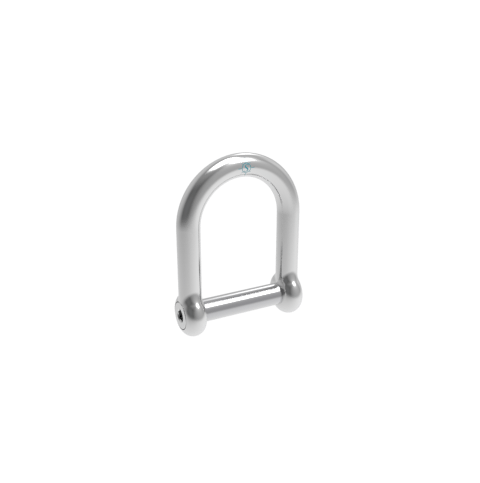
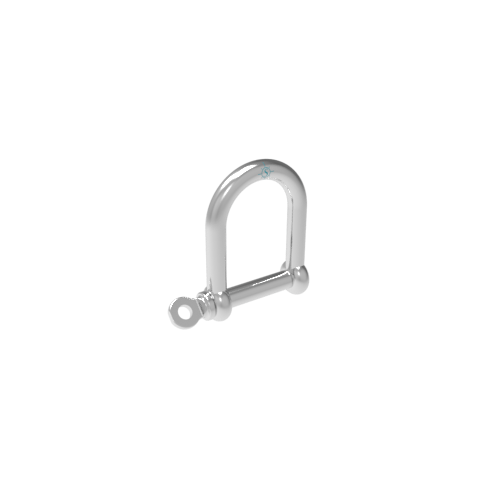
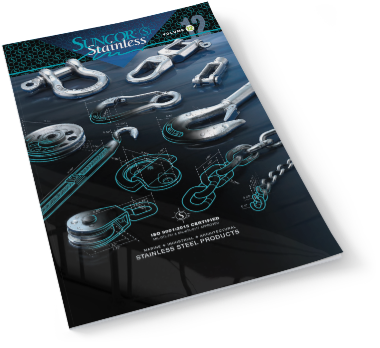
Recent Comments